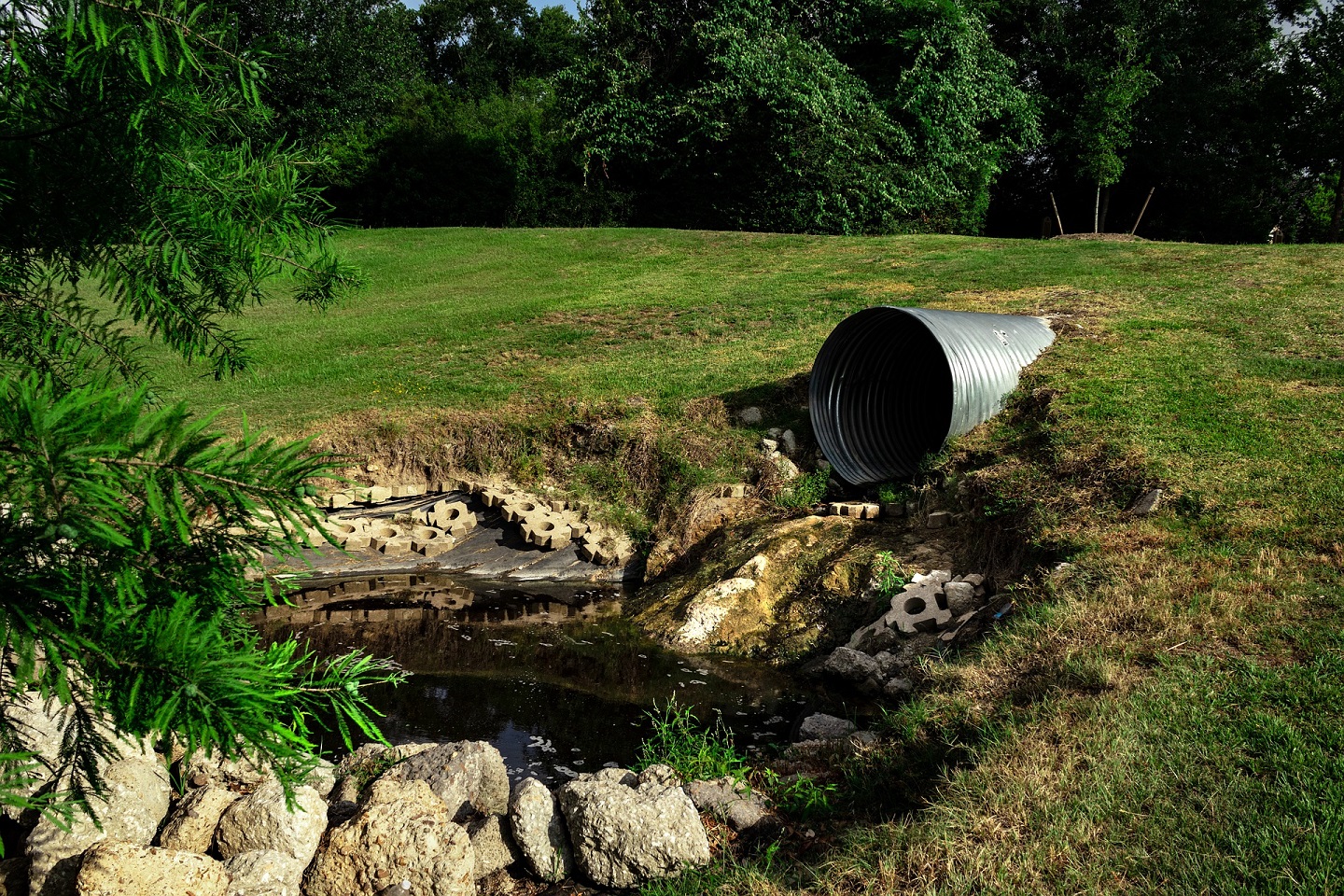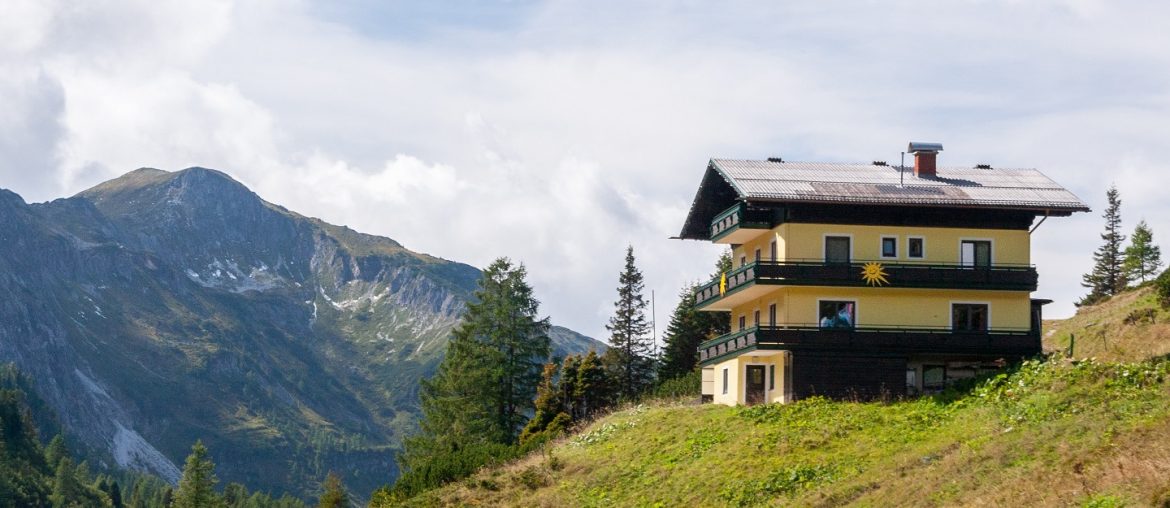Building a house is not an easy task. Depending on the land you have, you may need to develop or redevelop the land in order to lay a foundation for a house. For example, cropland or wetland are not suitable for any building unless it is developed first. It gets increasingly more complicated when the land slopes. If the land is on a hillside it may make for a picturesque setting for your dream home, but the process of bringing that picture to life is more complicated than it would be for the average dwelling. Building a house on a sloped lot gives rise to a unique set of challenges that you need to be aware of before you opt for the final decision. That being said, here are 4 of the major problems of building a house on sloped land.
Additional cost and time

One of the problems of building a house on a sloped land is the additional foundation work. Because sloped land which slopes more than 45 degrees, regardless of the land sloping upwards or downwards, needs to be first developed. However, there are examples of houses that are built on grades of as much as 50% or 45 degrees; the cost of the complex foundation systems required for such houses is often much higher than usual cost of building a house. Even moderately sloped sites usually require more construction materials, deeper excavation (which requires specialized excavation equipment), building stilts (if it’s on a downward slope), retaining walls, and specialized solutions for your drainage and septic systems. All that extra labor and materials needed to ensure proper build quality of the house to inhabit mean higher costs and longer construction times.
Drainage & sewage

Proper drainage systems are absolutely crucial when building a house on sloped land. Otherwise if mudslides happen, it can ruin everything along the way. That is why it is necessary to pay extra attention to drainage systems for both subsurface and surface water. Streams caused by rainfall need to be redirected away from the house foundation without hampering nearby infrastructure such as public roads.
Retaining walls (walls that are built to support the soil and prevent sliding) needs to be waterproofed and have to have an adequate drainage system to prevent water from clogging. Building swales and culverts can be another effective way to channel run-off to the drainage system or you can dig a hole in the ground and use rubble to fill it in so that surface water can percolate back into the ground.
Now developing a sewage system can be a little tricky. Depending on where your house is located relative to the sewage line, you may need to install a pump if the line is uphill or you may have to install a system (e.g. tumble bays) to slow the stream if the line is downhill.
Landsliding

Gradual loss of soil or erosion caused by heavy rainfall is one of the problems of building a house on sloped land that needs to be taken into account. So before you opt for building a house, a thorough exploration of the soil is needed to know whether the soil is prone to erode or not. After that you should have enough Information about the soil type which can guide you and your builder to find ways to minimize the overall risk factors associated with it.
That being said, there are different ways of tackling this issue. You can plant trees as they will help keep the soil intact and decrease the overall susceptibility of the land to erode. Furthermore, building a retaining wall is another popular solution to landsliding. However, depending on how steep the slope is and how much money you want to spend, the recommendations of a structural engineer or architect is essential.
Maintenance

Building a house on sloped land will have some maintenance issues. In addition to common maintenance practices, you have to make an extra effort to keep other essential things running. For instance, you have to pay extra attention when it comes to drainage & sewage system upkeep. Besides, if you have plenty of trees around your property, you need a routine to take care of them. However, you have options to minimize these efforts. For example, retaining walls work well so do paved steps (will depend on how steep the land is).
In light of the above challenges, proper construction practices, as well as adequate drainage and their maintenance are very important to consider when building on sloped land. So to overcome the problems of building a house on sloped land, take these factors into consideration.





1 Comment
very nice information, love to share it. Great Mark Nosworthy willing to get more information like this thank you for sharing with us.